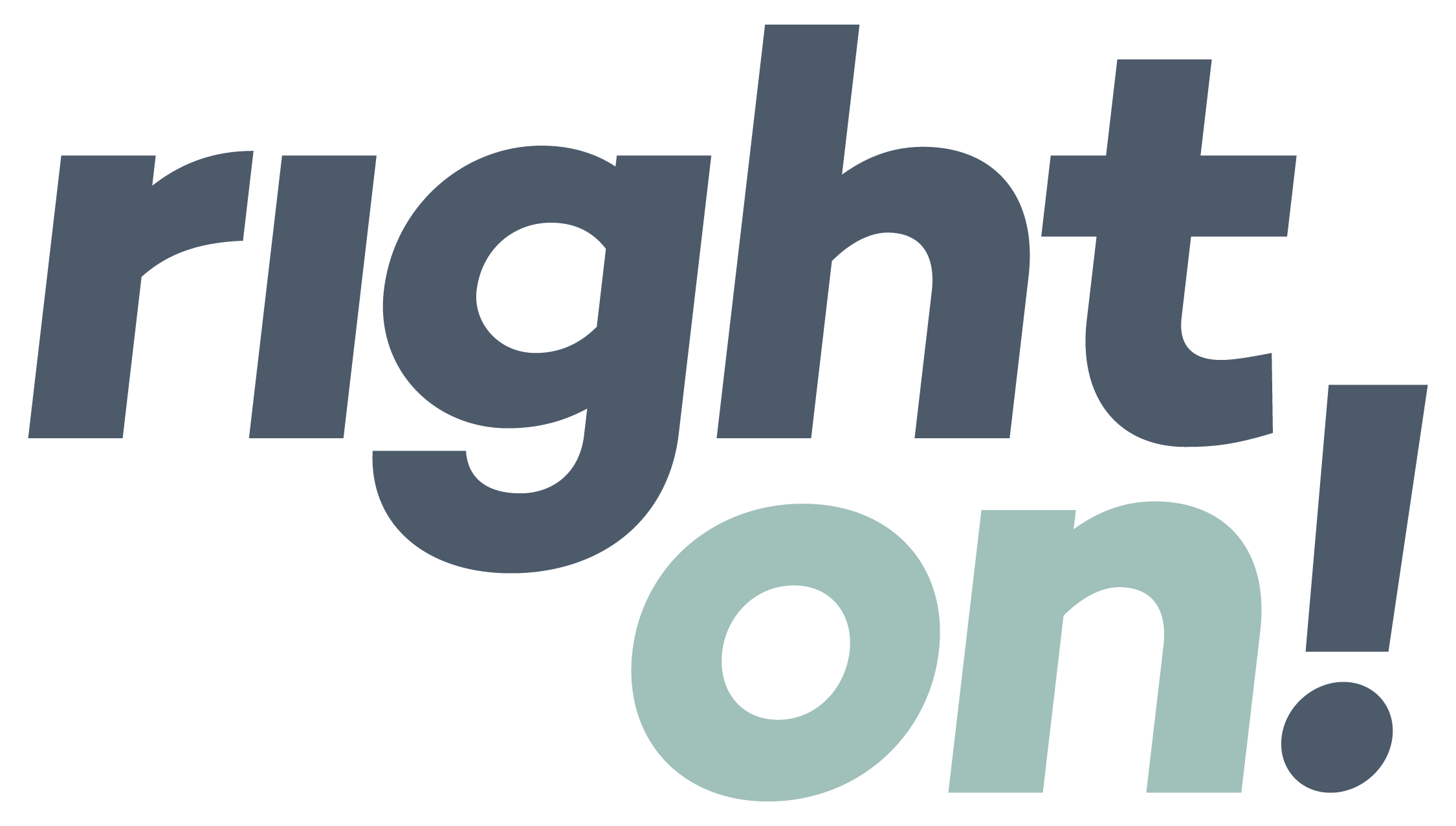
Sustainability storytelling comes last.
When I was in college, I had a friend my father affectionately dubbed Captain Bullshit.
Captain Bullshit didn’t mean any harm. The lies he told were wishes about who he hoped to become. He wanted to travel, but he hadn’t been on a safari in Africa. He wanted to own a beach house, but his only dwelling was a shabby apartment he rented with a bunch of equally shabby housemates.
I think Captain Bullshit could see—almost taste—a future truth buried within his shiny, happy lies. But he was impatient to get to the good part of his story. And so he used his prodigious imagination to fill in the gaps.
But it’s the actual work and real-world experiences, not mere imagination, that allow us to tell our most authentic, believable stories. This is especially true in sustainability communications, where getting it right means the difference between content that makes a real impact and content that gets called out for greenwashing.
Your content marketing success begins with a clear, well-documented strategy. Or as content expert Ann Handley puts it, “the more you think, the greater the ink.” In sustainability communications, this think time has two distinct phases.
Ready: Build your sustainability strategy.
For starters, you need a solid sustainability strategy. This foundational work identifies the impact your business makes on every person and place it touches. This strategy should, at a minimum:
- Directly connect to the purpose and vision of your company
- Involve the people and communities that have a vested interest in your work
- Set measurable goals and targets
- Track progress toward meeting those goals
Set: Develop a content plan.
Once you have your sustainability strategy in place, you’re ready to talk with a content marketing agency like Right On. The content strategy phase is separate and distinct from your sustainability strategy phase and requires a different type of expertise. You’ll need a team well versed in the art and craft of storytelling—and with deep sustainability experience. Working together with your stakeholders, they’ll create a content strategy plan that communicates your programs, aspirations, successes, and ambitions. Your content plan should:
- Pinpoint your audiences’ needs and desires—and the obstacles that stand in their way
- Identify the right messages and details to reach those audiences
- Select the right content topics, formats, and mediums
- Set goals for what each piece should accomplish—and milestones for getting there
Go: Create a steady drumbeat of content.
Now (and only now!) comes the really fun part—telling your stories and getting them out into the world. With every piece of content you create, you should be speaking to the vision you set in the sustainability strategy phase and the messages you developed in the content planning phase.
Far from creating an annual sustainability report, checking your requirement boxes, and calling it good, you should be developing a steady stream of assets throughout the year – all of them fitting together strategically. In fact, your report can be the mothership for all kinds of additional content vehicles, including:
- Interactive web experiences
- Thought leadership content
- Video and audio stories
- Infographics and smaller infobits for your social channels
Whatever sustainability content you decide to create, you must commit to putting in the strategic work first. Without each and every step in the process, you’re likely to find yourself with vapid promises and disjointed content—akin to the stories my old friend Captain Bullshit used to tell. But with much higher consequences for your brand, your reputation, and your business.
Our Most Recent Insights.
SEE ALL INSIGHTS →
Storytelling
Time to own it. We’re marketers.
Sustainability needs more than communications. It needs marketing.

Storytelling
Keep your eye on the ball.
During tumultuous times, divide your communications team into offense and defense.

Strategy
You don’t have all the answers. (And that’s ok.)
Get to your best insights by talking to your customers and leading with empathy.
